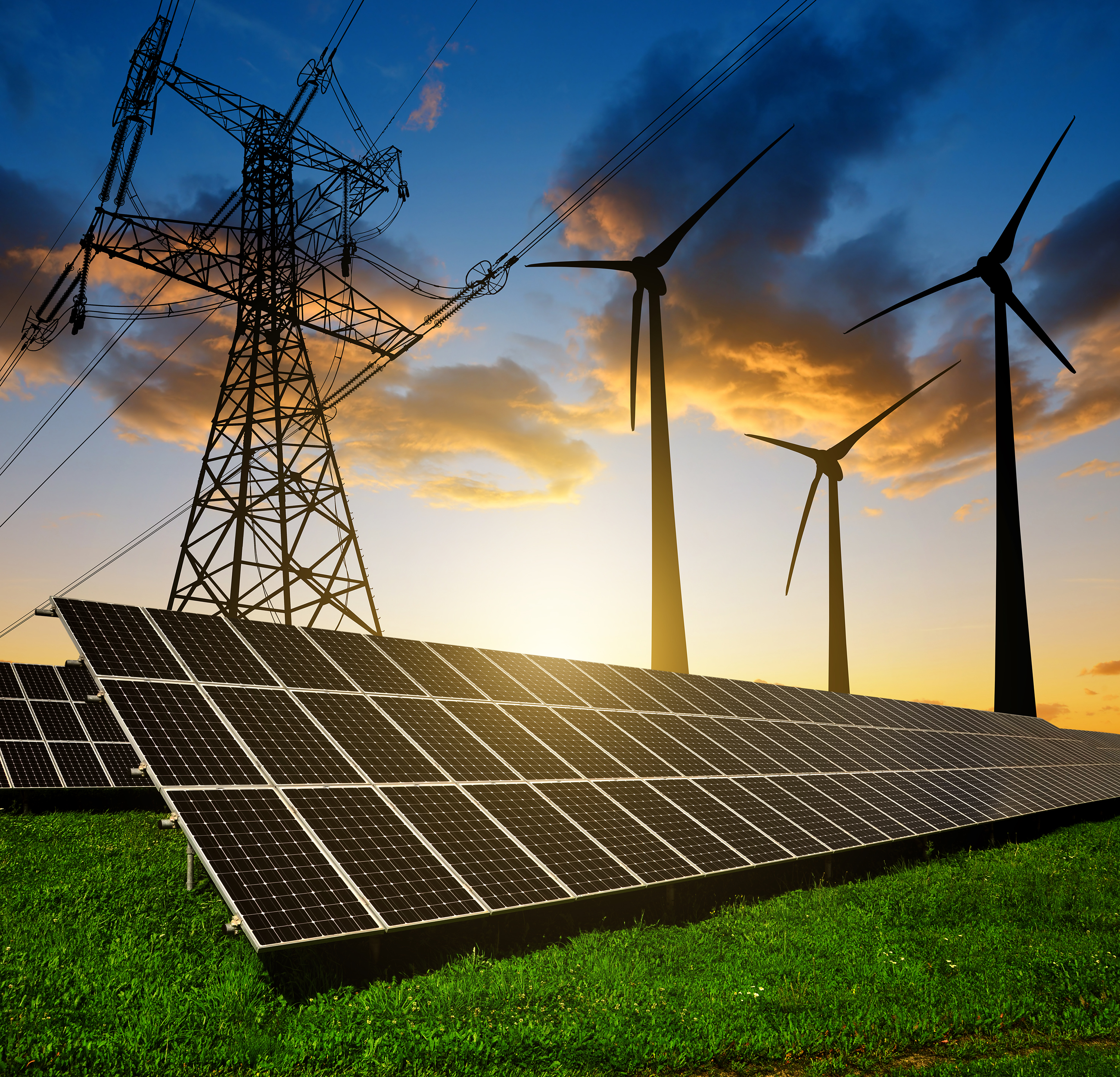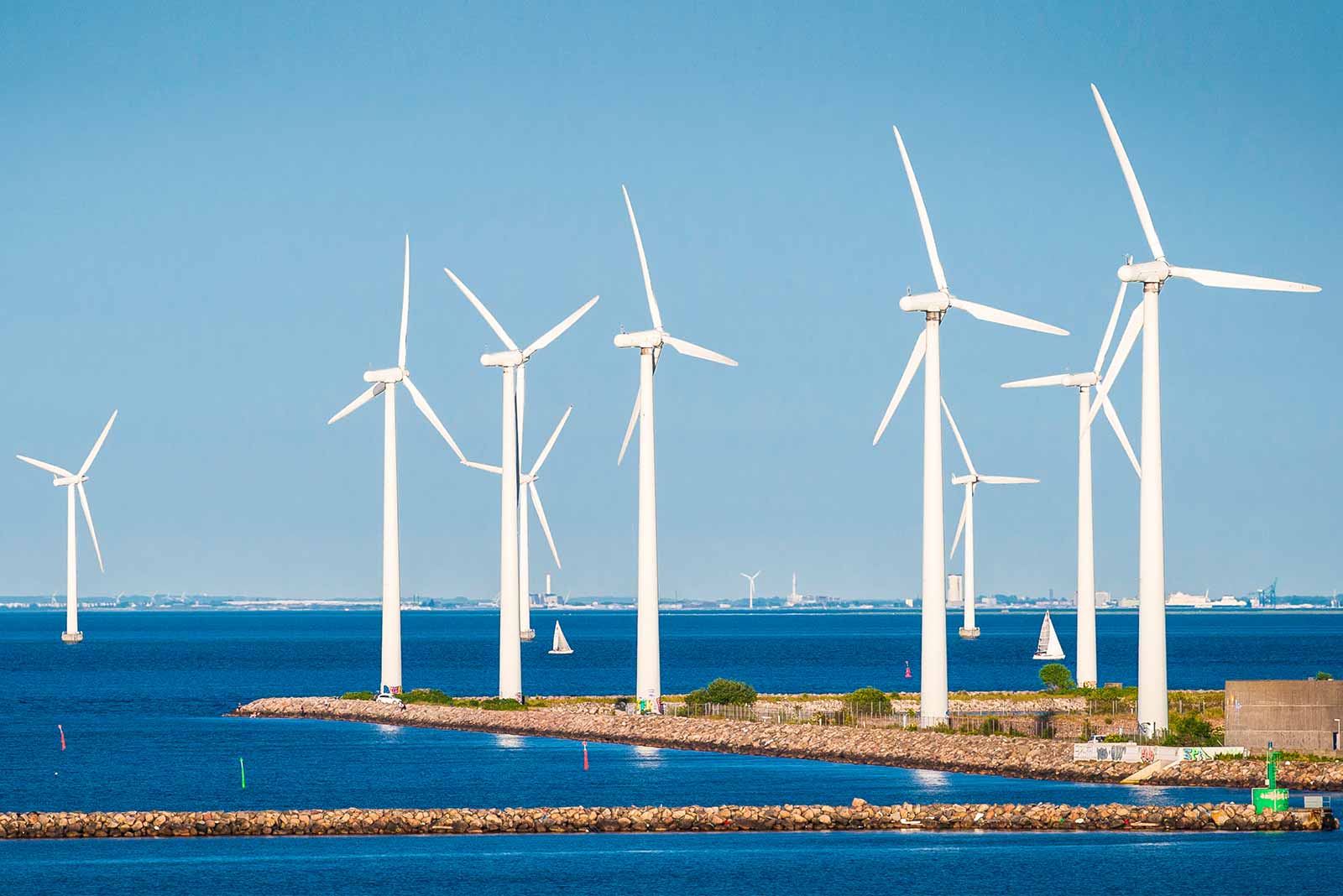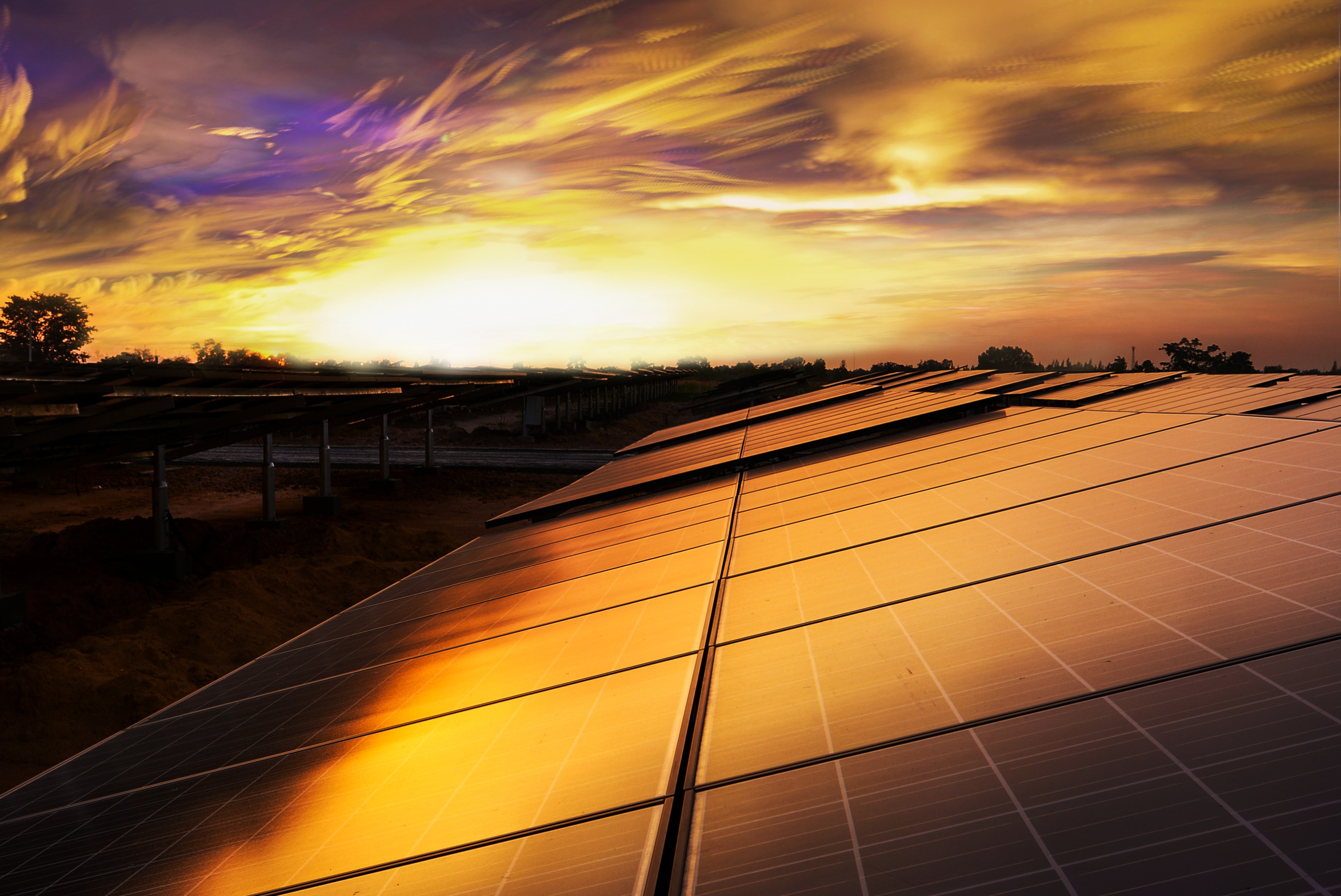Different Types of Renewable Energy
Types of Renewable Energy
The explosion of development, progress, and prosperity that came with the Industrial Revolution was largely made possible by the discovery of various forms of fossil fuel energy. Not only are these sources of energy non-renewable (it takes millions of years for fossil fuels to form), but the burning of these fossil fuels leads to an estimated 40 billion tons of extra carbon dioxide being released into our atmosphere each and every year. The global warming of our planet is no longer a theory, but a scientific reality, and recent studies find that we might reach 1.5 degrees Celsius of global warming as soon as 2033.
While global nations face unprecedented challenges today amidst the novel Coronavirus, modern-day civilization is still challenged to shift energy production from fossil fuels to renewable energy sources. In the United States, as electrical grids are increasingly powered by different renewable energy sources replacing polluted fossil fuels, our nation can radically reduce carbon emissions, avoiding the potentially disastrous effects of global warming while continuing to have reliable power. While solar power and wind power typically garner the most attention, our Earth provides numerous sources of natural, renewable energies that could be harnessed to fuel our nation and world in cleaner ways.

Clean Energy vs. Renewable Energy
First, it is important to point out that there is a difference between “clean” energy and “renewable” energy. Though the terms are often used interchangeably, they do not necessarily mean the same thing. Clean energy is energy that does not pollute the environment and reduces carbon emissions. This can also include energy production from non-renewable sources such as nuclear, coal, natural gas, and oil. These are finite sources which cannot be replaced once they have been depleted. Renewable energy on the other hand, is also “clean” but comes from renewable sources that can be continuously replenished over time.
Solar Energy
The most commonly associated type of renewable energy is solar energy. In a sense, humanity has relied on this renewable energy since the beginning of time as it offers a free source of light and heat throughout the year. Today, there are several solar energy technologies that capture the sun´s energy and convert it into heat, electricity, artificial lighting, and hot water. The use of photovoltaic energy has been explored as far back at 1839, with the first solar cells being developed in the late 1800’s.
Photovoltaic (PV) solar panels, the most common form of solar energy, convert sunlight into electricity through the use of solar cells. Today there are more than 12 million American homes that have rooftop solar panels. This is a great step for the environment, but rooftop solar does present some challenges. For example, rooftop solar is costly to have installed, so it can take years to recoup the investment. Additionally, if homeowners move, they may not be able to take their solar panels with them.
Community Solar farms or gardens are another way for communities to enjoy the renewable energy of solar. Clearway Community Solar is currently active in Minnesota, Massachusetts, New York, and Illinois, enabling homeowners and renters alike to subscribe to their local solar farm and help offset their energy costs* while also lowering the strain on the local energy grid. Community Solar is not only available in the residential market however, Clearway Energy Group supplies Community Solar to businesses, utilities, municipalities and local governments. The opportunity for larger entities to participate in clean, renewable power puts the potential for wide-spread use of solar energy on a much grander scale. Still, despite all of these advancements in solar power technology, solar energy only accounted for 1.8% of total energy usage in the United States in 2019.

Wind Energy
Another major source of renewable energy is wind energy. In the United States, 7.3% of all energy came from wind sources in 2019. Winds are caused by the uneven heating and cooling of the atmosphere and certain aspects related to the rotation of the Earth. While winds are present in every part of our planet, they are steadier and more constant in certain regions that contain certain topographical features.
Windmills have been used by humans to pump water for an estimated 1,500 years. Today, the same principles of those ancient windmills allow us to capture the flow of the wind with wind turbines that can convert the flow of wind into electricity. Wind turbines today are manufactured in all different sizes, from the Vestas V164 which has a rated capacity of 9.5 MW, to mini rooftop wind turbines that provide 250 kWh of energy for household usage.
Wind farms are being developed across the world and even off the shores of coasts. In certain areas of the United States such as South Dakota, wind energy has produced upwards of a fourth of total energy needs. Wind also has great potential for utility scale development and is gaining adoption well beyond the United States. Clearway Energy already manages over 50 utility scale wind and solar assets. This includes North America’s largest wind farm, the Alta Wind Facility, located in Tehachapi, CA. This project was designed to supply 1,550MW of clean, renewable energy to Southern California Edison for more than 25 years.
Geothermal Energy
Only a few feet beneath the surface of the earth, temperatures remain relatively stable throughout the year. The heat of the earth is another source of renewable energy known as geothermal energy. Geothermal power plants take advantage of the sources of heat from the earth. In some cases, the heat is sourced from relatively near the surface, while in other cases heat that is several miles beneath our feet is captured and utilized.
Geothermal energy utilizes these natural sources of heat to generate electricity. Furthermore, heat pumps can also be used for the sustainable heating and cooling of homes and other buildings. Unlike other sources of renewable energy such as wind and solar, geothermal is reliable and predictable, making it a great way to stabilize the electrical grid with a renewable source of energy. Currently, geothermal power plants offer 10,715 megawatts (MW) of electricity though it has the potential to offer an incredible 2 Terawatts of sustainable, clean energy for our world. Clearway Energy’s Thermal division has been at the forefront of thermal technology, providing thermal energy infrastructure that allows cities and industries to meet the energy challenges of the 21st Century. Despite innovations, currently in the United States, only 0.4% of energy comes from geothermal sources.

Hydroelectric Energy
The kinetic energy of flowing rivers has long been a renewable energy source. Waterwheels were used for old-fashioned grain mills and sawmills. Today, hydroelectric energy plants capture the flow of rivers to produce electricity. Most often, large dams are built to store excess water from a river which is then released through tunnels which eventually power turbines to create electricity.
While hydroelectric energy is renewable and does not release greenhouse gasses into the air, there are other serious environmental effects that come with the construction of large dams. Run of the mill hydroelectric plants often don’t require the damming of a river and micro-hydro dams can also be installed in communities or even for individual households.
In the United States, as of 2019 the total conventional hydroelectricity generation capacity was 79,746MW, which equals about 80 million kilowatts. This is largely comprised of utility-scale hydroelectricity.
Biomass Energy
Biomass energy comes from the burning of biomass such as wood, other plant material, or even garbage. The burning of this biomass can create heat and electricity, while in gas form it can be converted into biodiesel or ethanol that can subsequently be burned for energy. There are several different ways to utilize biomass as a renewable source of energy, including burning wood to heat homes, producing ethanol from sugar cane, corn, or other plant materials, or burning biomass in municipal waste. In the United States, roughly 5% of total energy usage came from biomass fuels.
Tidal Energy
Lastly, the constant movement of the waves is another potential source of renewable energy. Known as ocean mechanical energy, it seeks to capture the ebbs and flows of waves and ocean currents that are produced by tidal forces and the gravitational force of the moon.
While this type of energy has yet to be extensively commercially developed, it could potentially be a major source of energy for our world as over two thirds of our planet´s surface is covered by oceans.

The Future Of Renewable Energy
It is projected that renewable energy sources currently make up approximately 26% of the world’s electricity. That number is expected to reach 30% by 2024. Clearway Community Solar is proud to be a part of the continued growth of clean, renewable solar energy. If you would like to find out how you can be a part of Community Solar in your community, please give us a call today.



